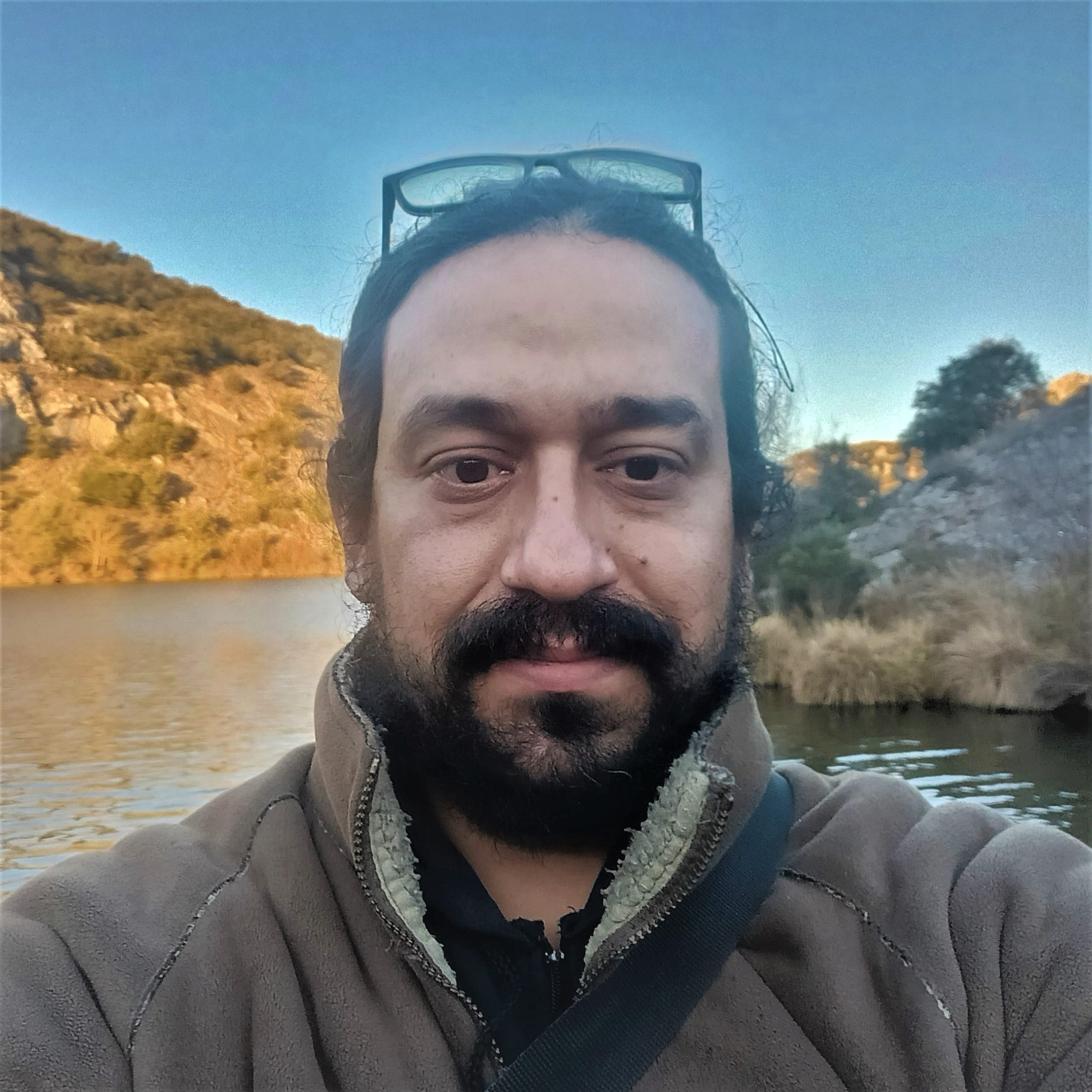
Francisco Mauro Gutiérrez
| AREA | RESEARCH GROUP | INSTITUTE |
|---|---|---|
| Plant Production | UIC/GIR Cambium |
I graduated as a Forestry Engineer at the Polytechnic University of Madrid in 2007 and started my research career as a pre-doctoral fellow in the Silvanet research group at the same university. My doctoral thesis was funded by the UPM doctoral grant programme and focused on the application of small-area estimation techniques to forest inventories using lidar remote sensing and on modelling the forest structure of irregular stands of Pinus sylvestris.
I submitted my PhD thesis in January 2015 and in March 2015 I started working as a postdoctoral researcher in the College of Forestry at Oregon State University, OSU. In January 2018 I was hired at OSU as a research associate, a position I have held until I joined the University of Valladolid as a María Zambrano researcher. During my stay at Oregon I continued and extended the lines of research started in my thesis, especially those focused on modelling forest structure from remotely sensed data and analysing the uncertainty associated with estimates derived from these models.
Throughout my career I have participated in multiple R&D projects funded in competitive calls for national and international projects or funded by entities such as US Forest Service, US Bureau of Land Management or NASA. My scientific publications include 22 articles in high impact journals, I have presented more than 20 communications at national and international conferences, and I have served as a reviewer for 8 scientific journals in my field.
Forest ecosystems are highly important to society and require precise monitoring. One characteristic of forest environments is that they occupy large areas of land that are often difficult to access. This makes the monitoring of forest environments based exclusively on field measurements an excessively costly process.
Efficiency in monitoring processes can be increased by developing predictive models based on remotely sensed data. These models can increase the efficiency of estimation and monitoring processes. This increased efficiency can be translated into: 1) an increase in the precision of estimates of variables of forest interest while keeping field measurement efforts fixed, 2) a reduction of measurement effort while keeping a level of precision fixed, or 3) a combination of both of the above options. As a consequence of the increased efficiency derived from the use of remote sensing data, monitoring tasks that were previously unfeasible become possible.
My research focuses on developing models based on remote sensing data to efficiently obtain estimates of the state of forest stands, and on analysing the uncertainties associated with these models. These lines of research contribute to generating more detailed and useful knowledge about forest ecosystems and my aim is to be a reference in this field.

